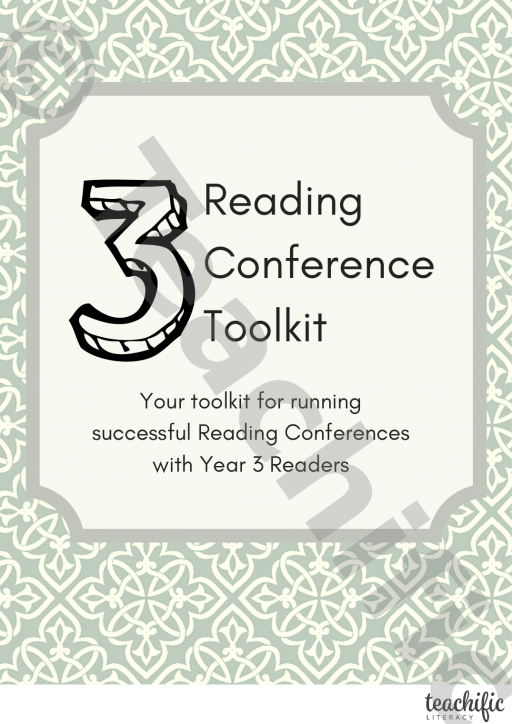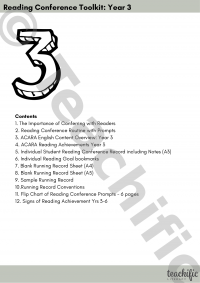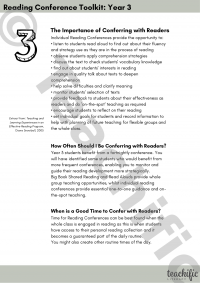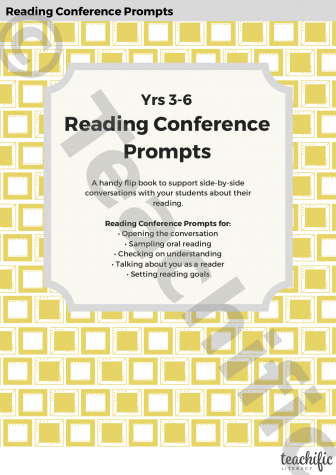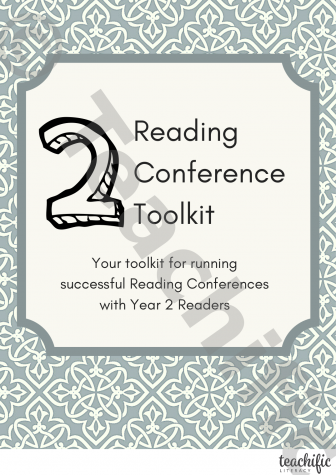About this teaching resource
"A great reading conference only takes five minutes but its impact can last a lifetime." Gravity Goldberg and Jennifer Serravallo 'Conferring With Readers'
The Reading Conference provides a critical opportunity for your Year 3 readers to demonstrate what they are doing as they engage with their personal book collection and for you to notice and respond with on-the-spot teaching, feedback and goal setting.
Reading Conference Toolkit - Year 3, contains all the tools you need to run successful Reading Conferences with your students.
Key tools include:
- Four-step Reading Conference routine checking in on students’ current reading goal, sampling their oral reading and comprehension and setting the new reading goal.
- Individual student Reading Record sheet to notice and note the effectiveness of each student’s reading strategy use: word solving, monitoring and correcting, fluency, vocabulary, comprehension, opinion, reading goal.
- ACARA Year 3 Reading Achievements: A checklist to guide your observations and record keeping during the conference.
- Reading goal bookmark: a simple tool to enable personalised reading goals to be recorded as a prompt for application during independent reading.
- Running Record Tools: Blank Running Record sheet, sample Running Record and Running Record conventions. Running Records provide a powerful insight into a reader’s behaviours and strategy use as they are reading.
- Flip Chart: Reading Conference prompts. This 6-page flip chart supports you with possible prompts for each stage of the reading conference.
- Signs of Reading Achievement Yrs 3-6: a comprehensive checklist of later primary reading behaviours to teach and support.
Australian curriculum alignment
Year 3
ACELY1679: Read an increasing range of different types of texts by combining contextual, semantic, grammatical and phonic knowledge, using text processing strategies, for example monitoring, predicting, confirming, rereading, reading on and self-correcting
ACELY1680: Use comprehension strategies to build literal and inferred meaning and begin to evaluate texts by drawing on a growing knowledge of context, text structures and language features
Reviews
There are no reviews for this resource yet, why not write one?
Report a problem
Please log in to report a problem with this resource
Want this teaching resource?
Members get great benefits such as FREE access to premium resources like this one, discounts on courses and more.
Download includes: PDF 20 pages 2.6 mb


